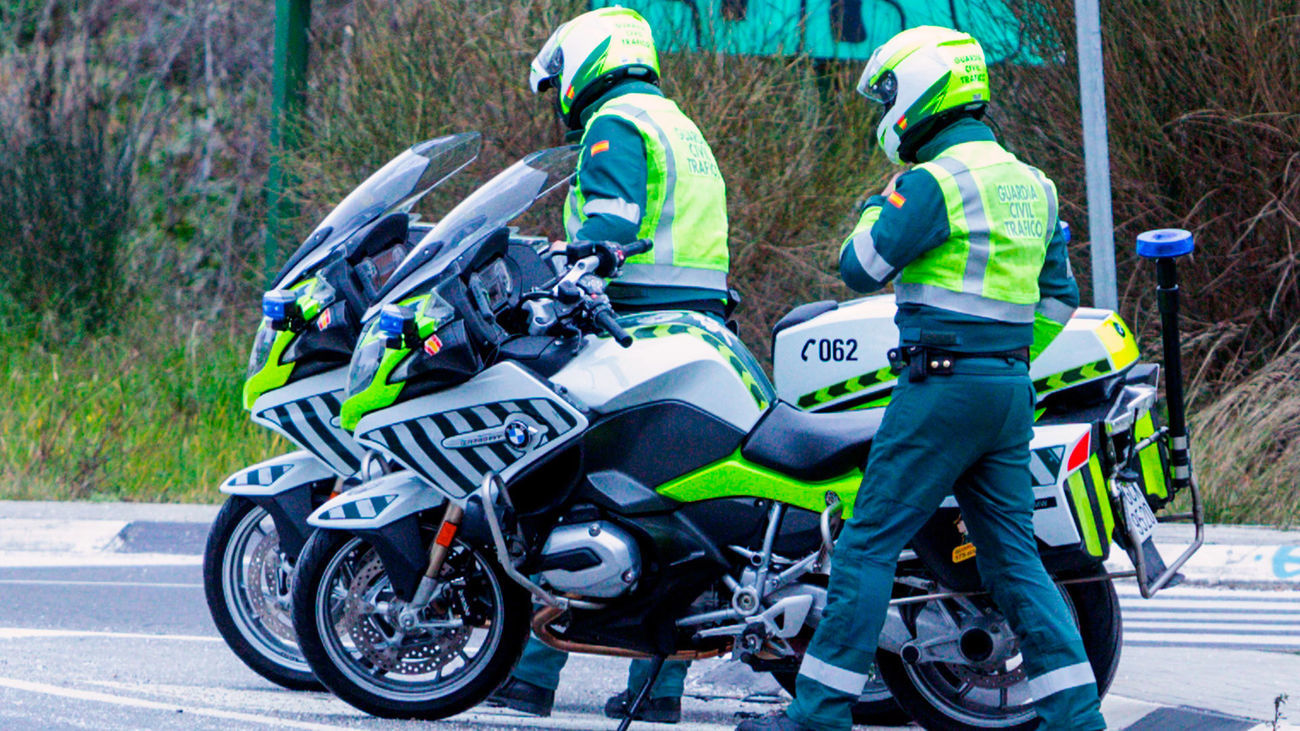Controversy Road Safety Education in schools: only 45 hours over 10 years
Less than 9,000.
"There is a lack of civil guards and there is a lack of vigilance," says the general in charge of Traffic
Accidents The Prosecutor's Office focuses on the state of the roads
The latest data from the DGT reveal that, between January and May, 438 people have died in road accidents.
That is 27.3% more than in 2021 and 5.5% more than in 2019. Although it rains it pours:
since 2014, global statistics have moved between stability and rebounds to say goodbye to the prodigious decade in the reduction in claims experienced between 2004 and 2013.
What is hidden behind?
Rivekids, a company specializing in road safety, says that the failure to manage the three key factors in accidents: the road, the driver and the vehicle.
They have invented the "first traffic light of Road Safety" and in it, the three variables appear in red.
«Spain has a very high risk of an accident, extreme.
And we do not see any indicator that the situation is going to reverse, "says José Lagunar, its CEO.
Agents Warning
They think the same in the Spanish Association of Civil Guards (AEGC): «We have been warning for some time about the
poor state of the roads;
of very old and poorly maintained cars;
of the increase in the disobedience of basic rules and the reduction of traffic agents, "says Fernando García Poves, secretary of the AEGC.
Today there are about 8,700 agents, compared to more than 10,000 in 2010,
and their training has dropped from six to four months.
These are shortcomings that have an impact on the accident rate, as the previous general-head of the Traffic Group, Ramon Rueda, admitted in 2021: “compliance with the law is scary, but the presence of the agents makes it more so.
And there are fewer than there should be.
The worst pavement in 20 years
In fact, in the study they have been considered -for scientific purposes- one more element of the pathway.
Not the only one to improve.
According to the Spanish Road Association,
10% of the roads are in a "very poor" situation, with the worst pavement in 20 years.
It is necessary to repaint 38,500 kilometers, renew 374,000 code three signs -prohibition or obligation- and 72% of all have expired reflective.
As for the human factor, the rate (very high if translated into absolute figures) of not using seat belts or child seats stands out.
It is 1.3%, barely one tenth more than those positive for alcohol or drugs in the control campaigns.
Although the breach of the rules is inside and outside the vehicle: three out of four victims are due to recklessness of the drivers;
but also almost half of the deceased pedestrians did not comply with any rule.
There is no Education or Road Training
In this chapter, it draws attention to what happens -and what does not- in schools.
In its surroundings is where more infractions and irregularities are concentrated.
On the other hand, Driver Education continues to be conspicuous by its absence within them.
This newspaper has already published that barely 45 hours will be given in the 10 years of compulsory education.
To which it should be added that there is no continuous training.
For those who get their card, it hardly costs them to renew it every 10 or five years, depending on their age.
Lastly, the vehicles.
That's nothing: up to 40% did not pass the ITV last year, the average age exceeds 13 years and
four out of 10 are over 15, so they do not have many active and passive safety systems that prevent accidents or mitigate their efects.
Dangerous overtaking of cyclists
locked budgets
However, the work would be incomplete without proposing solutions.
Many are deduced by rereading the failures.
Others are hackneyed, such as favoring the purchase of more modern and not always new cars.
However, the report
rejects that the DGT's campaigns have any effect and proposes that each Administration with powers block a part of its budget for roads annually.
To orient himself, Laguna recalls that each deceased in an accident costs society 1.5 million euros.
To this they could add a public channel to denounce the faults of the tracks. And that these be resolved in a maximum of three months,
such as removing the most damaging and old guard rails;
or if necessary, that a longer term be justified.
Conforms to The Trust Project criteria
Know more
Traffic
traffic accidents
DGT

